The Campaign 1965-70
Dhofar was the main population center of Oman with a population of about 30,000-40,000 with 10,000 living in the jebel mountain range. Dhofaris are culturally and ethnically different from the Omani Arab majority and as such were less integrated.[14] Their existence rested on agriculture and livestock and their list of grievances against the political order of the draconian, feudal rule of Sultan Said bin Taimur, in power since 1932, was long.[15] The British had supported the Sultan despite his cruelty to his own people.[16] The political order rested solely with the Sultan.
The Dhofar Liberation Front (DFL) began its insurgency in 1962 with support from Egypt, Iraq and Saudi Arabia. It did not promise a utopian ideology but sough its grievances addressed. The rebellion was brutally fought by the British-officered Sultan’s Armed Forces. Tactics included economic blockades, mass detentions, bombing, capping of water wells, and the destruction of farmland and livestock.[17] It resembled French and British 19th century colonial warfare.
Politically, the Sultan was unwilling to address the insurgents’ grievances even with the discovery of oil and its revenue in 1967. Support for the DLF came from the People’s Democratic Republic of Yemen or South Yemen, bordering Dhofar, which sought to overthrow regional monarchies.
Strong support for the DLF emerged from China eager to overtake the Soviet Union’s leadership. Both countries provided arms and training to the Dhofari insurgency through South Yemen although the Soviets never fully backed the insurgency.[18] Yet, Moscow sent Cuban trainers and East German intelligence specialists.[19] The DLF’s nationalists were replaced by communists under the influence of the Chinese, resulting in the transformation to the People’s Front for the Liberation of Oman and the Arabian Gulf (PFLOAG). PFLOAG became better armed and trained than the Sultan’s military.[20] It followed Mao Tse-Tung’s belief ‘that revolutionary warfare was necessary to address societal grievances. The populace could seek redress through warfare for these perceived wrongs’.[21]
This shift from nationalism to communism resulted in the strategic initiative being lost by the Dhofari insurgency as it no longer fought to address grievances or for its cultural traditions, instead fostering revolutions in regional monarchies.[22] However, strong communist support resulted in operational success.[23] The jebel was their stronghold, while South Yemen provided cross-border sanctuary. The jebel was said to be most ideal for guerrilla warfare.[24] Harsh terrain, sparse population, with one main road and operating from a high plateau seemed ideal. However, the jebel was not productive enough for a long war.[25]
The Sultan’s army, comprised of Baluchs and Pakistanis, was viewed as a foreign army, which aided in insurgency recruitment. The insurgency did not bear the trademarks of traditional Maoist warfare, skipping straight to the strategic offensive because the insurgents of their military superiority. The Dhofari rebels conducted mostly conventional light infantry operations which in the long run ground them down in a war of attrition.[26]
Another insurgency, the National Democratic Front for the Liberation of the Occupied Arab Gulf (NDFLOAG), in northern Oman was defeated by the SAF by 1969, but the Sultan’s army retreated in Dhafor.[27]
The Center of Gravity - Bloodless Coup 1970
The Sultan was unwilling to improve the political conditions on the ground, his only strategy was the destruction of the enemy. The ranks of the insurgents swelled and by 1970 the SAF only controlled the coastal towns of Taqa, Salalah and Mirbat.[28] The insurgency ruled the rest of Dhofar.[29]
The British understood that the Sultan was the impediment to the needed balance of civil-military-governmental of the wondrous trinity. Their plan for success rested on seven points:
1. Importance of political primary
2. Need to operate within legal framework
3. Separation of civilian from insurgents physically as well as psychologically
4. Address sources of grievances
5. ‘Hearts and minds’ campaign of civil development
6. Proper intelligence
7. Discriminate force based on legality, acceptable conduct in theatre and opinion at home[30]
They identified the problems of the Sultan’s current campaign:
1. No police or Special Branch
2. No resettlement of population
3. Scant food control
4. No surrender or amnesty terms
5. No psyops or propaganda
6. No hearts and minds
7. No civil govt on the Jebel
8. Comparatively little intelligence
For COIN to be successful it required a leader willing to make needed political, social and military changes. On 23 July, 1970, after five unsuccessful years of warfighting, British officers overthrew the Sultan and replaced him with his British-educated son Qaboos.[31]
The Campaign 1970-75 – a New Phase
With new leadership in Oman, the British effort was focused on waging a campaign to buy enough breathing space to keep the insurgency at bay without regular British troops.[32] Their purpose was to plan for victory, to train and expand the SAF, to provide leadership and technical skills, and lastly, to equip the SAF for COIN.[33] The British forces never exceed 500. Commander of the 22 SAS was Lieutenant-Colonel John Watts who proposed a five-part plan. It required civil development including medical and veterinary care, intelligence operations including psychological operations, the expansion of government forces including the enlistment of Dhofaris to fight for the new Sultan.[34] The idea was to defeat the insurgency from within.[35] Between 1970-72 the campaign focused on counterinsurgency warfare but was not able to break the stalemate.[36] The strategy, aided by greater access to domestic and foreign revenues, shifted to greater civil development and Iranian and Jordanian conventional forces.[37]
Qaboos was pragmatic enough to end repressive policies and offered amnesty to enemy fighters. His build-up of the SAF came at great expense. Arms were procured by the British but the invoices were paid by the Sultan. By 1973, the SAF Dhofar Brigade numbered 10,000 whereas the insurgents numbered 5-6,000, half of whom were tribal militia.[38]The arrival of the Iranian Brigade with over 2,400 men including transport helicopters and aircraft proved instrumental in winning the war without which counterinsurgency would not have won.[39] Helicopters proved to be a force multiplier.[40]
The amnesty program, coupled with bribes and threats, turned older nationalist fighters into firqats – local units in the employ of the sultan. They supplied vital intelligence by their local knowledge. The intelligence became more effective.[41]
Forceful ‘clear and hold’ operations secured coastal towns. Fortified blocking lines including minefields, reminiscent of the French in Algeria (1954-62), disrupted and interdicted enemy supply lines.[42] These lines, Hornbeam, Hammer and Davamand, were built between 1972-5.[43] Areas west of the Hornbeam became free-fire zones targeting camel trains much to the resentment of the locals. The British rationalized these attacks because camels were the only means of transporting arms to the insurgents and therefore were legitimate targets, that the herdsmen would turn against the cause of the destruction – the insurgents – and lastly, reminiscent of racist colonial officers, that the Arabs respected power and strength.[44] By 1975, the insurgents had dropped to 500-850 fighters who still put up strong resistance but were ground down by combined arms, with some escaping towards Yemen.[45] At the end of the year the insurgency had been defeated.
Counterinsurgency Points
British COIN officers established a single authority encompassing not only the military but the police, intelligence and civil development.[46] Other successes included the government’s civil development and its information services.[47]
Brutal operations still existed as did torture, later reduced to more acceptable interrogation techniques post- Northern Ireland revelations.[48] But these ran hand-in-hand with attempts at civil-social development headed by Civil Action Teams (CATs) who drilled wells, built schools, hospitals and mosques and even built a model farm near the coast to aid farmers.[49] Although, by November 1974, only 11 wells had been dug on the jebel and by June 1975, a total of 35 had been completed with 150 miles of roads.[50] Civil development began late in the war and no more than 24 government centers and 50 wells were built.[51] In return it was expected that the local tribes provided intelligence and that fighters abandoned the insurgency, thereby reducing the number of civilian casualties near insurgency strong holds.[52]
The new strategy was exceptionally costly and probably unsustainable in most countries. By 1972, $40 million of $120 million of the Gross Domestic Product was spent on the SAF alone including its ‘hearts and minds’ campaign.[53]The purpose of the latter was not only to win popular support but also to ‘shape the area for intelligence exploitation’.[54]The Arab-Israeli War of 1973 led to a significant increase in revenue for Oman and greater contribution to the civil development side of the strategy. It rose to $1 billion by 1975.[55] Nonetheless, financial limitations throughout COIN favored kinetic operations’.[56]
COIN was also aided by the alienation of the population as the Chinese-communist element within the insurgency became more violent to remodel society away from Islam and by committing atrocities. These actions benefitted the counterinsurgents as they were able to now claim that the government was the defender of Islam and cultural traditions.[57]
Another success was the Intelligence network which was aided by the firqats and their local knowledge of the insurgents. Though not perfect they proved vital. One of the early northern insurgencies was defeated by timely intelligence from former insurgents.[58] Its propaganda broadcasts were successful.[59] The purpose was to ‘support military operational aims; to assist in the military and political defeat of the dissidents; and to persuade the population of the integrity of the Sultan’s government’.[60] ‘Propaganda of the Deed’ ‘was conducted providing tangible schools, wells, roads, markets and payments for firqat services’.[61] An attempt in 1972 by insurgents to score a propaganda victory by overrunning a small garrison in Mirbat was defeated by airpower. It served as a psychological victory for the SAF.
On the issues of external support, the Sultan benefitted from changes in relations between China, the United States and Iran. The rise of Sino-Soviet rivalry and the rapprochement with the Americans and Iran reduced China’s support for Yemen and the Dhofari insurgency.[62] The Soviet Union reduced its support for national liberation movements during the early 1970s.[63] Egypt and Saudi Arabia renewed their ties after previously supporting opposite parties in the North Yemen Civil War (1962-70) and Saddam Hussein’s pragmatism, and reduction of tension with Iran, saw his abandonment of the Dhofari insurgency.[64] These changes led to greater foreign assistance to the Sultan of Oman as the threat to traditional monarchies by revolutionaries became an overriding concern. These events contributed to the demise of the PFLOAG by 1975.
Conclusion
There are five unique situations for the counterinsurgent of the Dhofar Insurgency. The entire campaign was fought in a media vacuum.[65] The external support to the insurgents was limited and became reduced throughout the decade because of geopolitical and regional re-assessments. The COIN practitioners were able to draw on historical ties to the sultanate and its culture. In fact, the soldier-stateman was instrumental.[66] The battlefield was on difficult terrain with a small population, thereby reducing the number of civilian casualties used by insurgents for recruitment drives. The British-led campaign understood that the Omanis and Dhofaris had to fight the war against the insurgents even though foreign troops became vital. They realized that grievances needed to be addressed as part of an integrated COIN campaign. Overthrowing a reluctant monarch, and reestablishing a strategy based on Clausewitzian principles, was therefore crucial.
The odds heavily favored the new Sultan once he started the civil development program. Foreign and domestic revenues for Oman were crucial as the war proved to be exorbitant. Separating the insurgents from the population, a source of support in most insurgencies, became easier when the insurgents made a strategic mistake by alienating their former supporters with draconian ideologies and brutality. However, the Dhofari Insurgency lost not only because of a loss of external support, or because of alienating its own population, it lost also because it waged a conventional war against a more resourced and powerful Anglo-Omani-Iranian coalition also waging a conventional war but incorporating COIN practices.[67] Insurgents killed in action numbered around 400.[68] Percentage wise this renders any combat unit ineffective. Although there are some components to aid in the understanding the success of COIN in the Dhofar Insurgency, it remains that war is war and there are no templates for counterinsurgency operations. Counterinsurgency strategists understood that removing the center of gravity, in this case the old Sultan of Oman, allowed a strategy to emerge from Clausewitz’s wondrous trinity composed of government, army and people, which was essential in planning and defeating the opponent in a series of duels to impose one’s will.[69]
Bibliography
BOOKS
"The British Counterinsurgency Campaign in Dhofar 1965–75." 2008. In Counterinsurgency in Modern Warfare, 132-145: Osprey Publishing is part of the Osprey Group.
Deane-Drummond, Anthony. 1992. Arrows of Fortune. 1. publ. in Great Britain ed. London u.a: Cooper.
Ian Gardiner. 2007. In the Service of the Sultan. US: Pen And Sword Military.
Newsinger, John. 2015. British Counterinsurgency. 2nd edition. Basingstoke, Hampshire: Palgrave Macmillan.
Paul, Christopher. 2013. Paths to Victory. Santa Monica, Calif. [u.a.]: RAND Corporation.
Sr., Major Thomas E. Walton. 2015. Headed the Wrong Way: The British Army's Painful Re-Acquaintance with its Own COIN Doctrine in Southern Iraq Pickle Partners Publishing.
von Clausewitz, Karl. 1943. On War. Translated by O. J. Matthijs Jolles. New York: The Modern Library.
Walter, Dierk. 2017. Colonial Violence. Translated by Peter Lewis. Oxford: Oxford University Press.
JOURNALS
Degenaar, Laurens. 2018. "The Omani Model: The Model on how to Defeat Twenty-First Century Insurgencies?" Militaire Spectator 187 (6). https://www.militairespectator.nl/thema/geschiedenis-operaties/artikel/omani-model.
DeVore, Marc R. 2012. "A More Complex and Conventional Victory: Revisiting the Dhofar Counterinsurgency, 1963-1975." Small Wars & Insurgencies 23 (1): 144-173. doi:10.1080/09592318.2012.632861. http://www.tandfonline.com/doi/abs/10.1080/09592318.2012.632861.
Goode, James F. 2014. "Assisting our Brothers, Defending Ourselves: The Iranian Intervention in Oman, 1972-75." Iranian Studies 47 (3): 441-462. doi:10.1080/00210862.2014.880631. http://www.tandfonline.com/doi/abs/10.1080/00210862.2014.880631.
Hensel, Howard M. 1982. "Soviet Policy Towards the Rebellion in Dhofar." Asian Affairs 69 (2): 183. https://search.proquest.com/docview/1298801894.
Howk, Jason. 2008. "A Lion in the Path of Oman's Nationalization: Insurgency in Oman from the 1950s through the 1970s Examined through Social Movement Theory; Strategic Insights, V. 7 Issue 2 (April 2008)." . http://hdl.handle.net/10945/11211.
Hughes, Geraint. 2009. "A 'Model Campaign' Reappraised: The Counter-Insurgency War in Dhofar, Oman, 1965-1975." Journal of Strategic Studies 32 (2): 271-305. doi:10.1080/01402390902743357. http://www.tandfonline.com/doi/abs/10.1080/01402390902743357.
Ladwig, Walter C. 2008. "Supporting Allies in Counterinsurgency: Britain and the Dhofar Rebellion." Small Wars & Insurgencies 19 (1): 62-88. doi:10.1080/09592310801905793. http://www.tandfonline.com/doi/abs/10.1080/09592310801905793.
Monick, S. 2012. "Victory in Hades: The Forgotten Wars of the Oman, 1957-1959 and 1970-1976." Scientia Militaria - South African Journal of Military Studies 13 (1). doi:10.5787/13-1-591.
Newsinger, John. 1998. "Jebel Akhdar and Dhofar: Footnote to Empire." Race & Class 39 (3): 41-59. doi:10.1177/030639689803900303. https://journals.sagepub.com/doi/full/10.1177/030639689803900303.
MULTIMEDIA
"Map of Oman." University of Texas., accessed July 18, 2019, https://legacy.lib.utexas.edu/maps/middle_east_and_asia/oman_rel96.jpg.
Bassford, Christopher. "Teaching the Clausewitzian Trinity." Clausewitz.com., accessed July 18, 2019, https://www.clausewitz.com/readings/Bassford/Trinity/TrinityTeachingNote.htm.
Bushway, Patricia J. 1993. The Role of the Operational Commander in Counterinsurgency.
Gleiman, Jan K. "Organizational Imperative: Theory and History on Unity of Effort in Counterinsurgency Campaigns." Fort Leavenworth, KS : US Army Command and General Staff College, last modified Dec 10, http://cgsc.contentdm.oclc.org/cdm/ref/collection/p4013coll2/id/2719.
Gunther, Michael J. "Closing the Security Gap: Building Irregular Security Forces." Fort Leavenworth, KS : US Army Command and General Staff College, last modified Jun 8, http://cgsc.contentdm.oclc.org/cdm/ref/collection/p4013coll2/id/2900.
Hughes, Geraint. "All the Shah’s Men: The Imperial Iranian Brigade Group in the Dhofar War." Defence-In-Depth: Research from the Defence Studies Department, King's College London., last modified July 13, accessed July 8, 2019, https://defenceindepth.co/2016/06/06/all-the-shahs-men-the-imperial-iranian-brigade-group-in-the-dhofar-war/?blogsub=confirming#blog_subscription-6.
Kotula, Kevin R. and Richardson, Timothy L. "Defeating David : Looking Beyond a Matched Strategy." Monterey, California. Naval Postgraduate School, last modified Dec, http://hdl.handle.net/10945/10634.
Storr, Dan. 2009. A Line in the Sand a Historical Study of Border Security during Insurgencies and Lessons for the Contemporary Afghan-Pakistan Frontier.
Welch, Marcus S. "Irregular Pen and Limited Sword: PSYWAR, PSYOP, and MISO in Counterinsurgency." Fort Leavenworth, KS : US Army Command and General Staff College, last modified Dec 16, http://cgsc.contentdm.oclc.org/cdm/ref/collection/p4013coll2/id/2834.
[1] Brassford (2007) 1.
[2] Gunther (2013) p.15
[3] Gunther (2013) p.16
[4] Gunther (2013) p.15
[5] Gunther (2013) p.19
[6] Ladwig III (2008) p.63
[7] Beckett (2012) p.243 volume of oil through Hormuz to the US (30 percent), Europe (70 percent) and Japan (90 percent)
[8] DeVore (2012) p. 146
[9] Newsinger (1989) p.51
[10] Hughes (2009) pp.277-8
[11] Newsinger (1989) pp.45-8, see Deane-Drummond (1992) for the war in 1957-9
[12] Hughes (2009) p.279
[13] University of Texas
[14] Hughes (2009) p.278
[15] Ladwig III (2008) p.66
[16] Newsinger (1998) pp.42-4
[17] Newsinger (1998) pp.52-3, Paul (2013) p.275
[18] Hensel (1982) p.203 – for Soviet policy towards the Dhofar rebellion
[19] DeVore (2012) p.148
[20] Hughes (2009) p.280
[21] Gunther (2013) p.15
[22] Newsinger (1998) p.54
[23] Paul (2013) p.277
[24] Walton (2011) p.94
[25] Newsinger (2015) p.149
[26] DeVore (2012) p.145
[27] Hughes (2009) p.281
[28] Ladwig III (2008) p.70
[29] Degenaar (2018) p.346
[30] Hughes (2009) pp.274-5
[31] Ladwig III (2008) p.71
[32] Ladwig III (2008) p.71
[33] Ladwig III (2008) p.71
[34] Hughes (2009) pp.281-2
[35] DeVore (2012) p.152
[36] Degenaar (2018) p. 347
[37] Degenaar (2018) pp.347-8
[38] Hughes (2009) p,283
[39] DeVore (2012) p.144, 161 – cites American pressure on Iran to increase the Brigade form 1,500-2,400 men. See Goode (2014) for Iran tipping the military balance and Hughes (2016) states Iran was the reason for victory
[40] Gardiner (2007) p.155
[41] Beckett (2012) p.248
[42] Monick (1982) p.16
[43] Monick (1982) p.16 and Beckett (2013) p.263 cites the use of 15,000 coils of wire, 12,000 pickets and over 4,000 mines
[44] Storr (2009) p.23
[45] Hensel (1982) p.200
[46] Hughes (2009) p.289
[47] Monick (1982) p.18
[48] Hughes (2009) pp.293-4
[49] Beckett (2012) p.252
[50] Beckett (2012) p.258
[51] DeVore (2012) p.162
[52] Hughes (2009) p.290
[53] Hughes (2009) pp.290-1
[54] Welch (2011) p.75
[55] Hughes (2009) p.290
[56] DeVore (2012) p.161
[57] Hughes (2009) p.291
[58] Hughes (2009) p.293
[59] Becket (2012) p. 255
[60] Welch (2011) p.76
[61] Welch (2011) p.86
[62] Hughes (2009) p.296
[63] Hughes (2009) p.296
[64] Hensel (1982) p.200
[65] Ladwig III (2008) p.77
[66] Hughes (2009) pp.298-99
[67] DeVore (2012) p.164, Newsinger (1998) p.5
[68] Hughes (2009) p.300
[69] Clausewitz (1943) 1.2



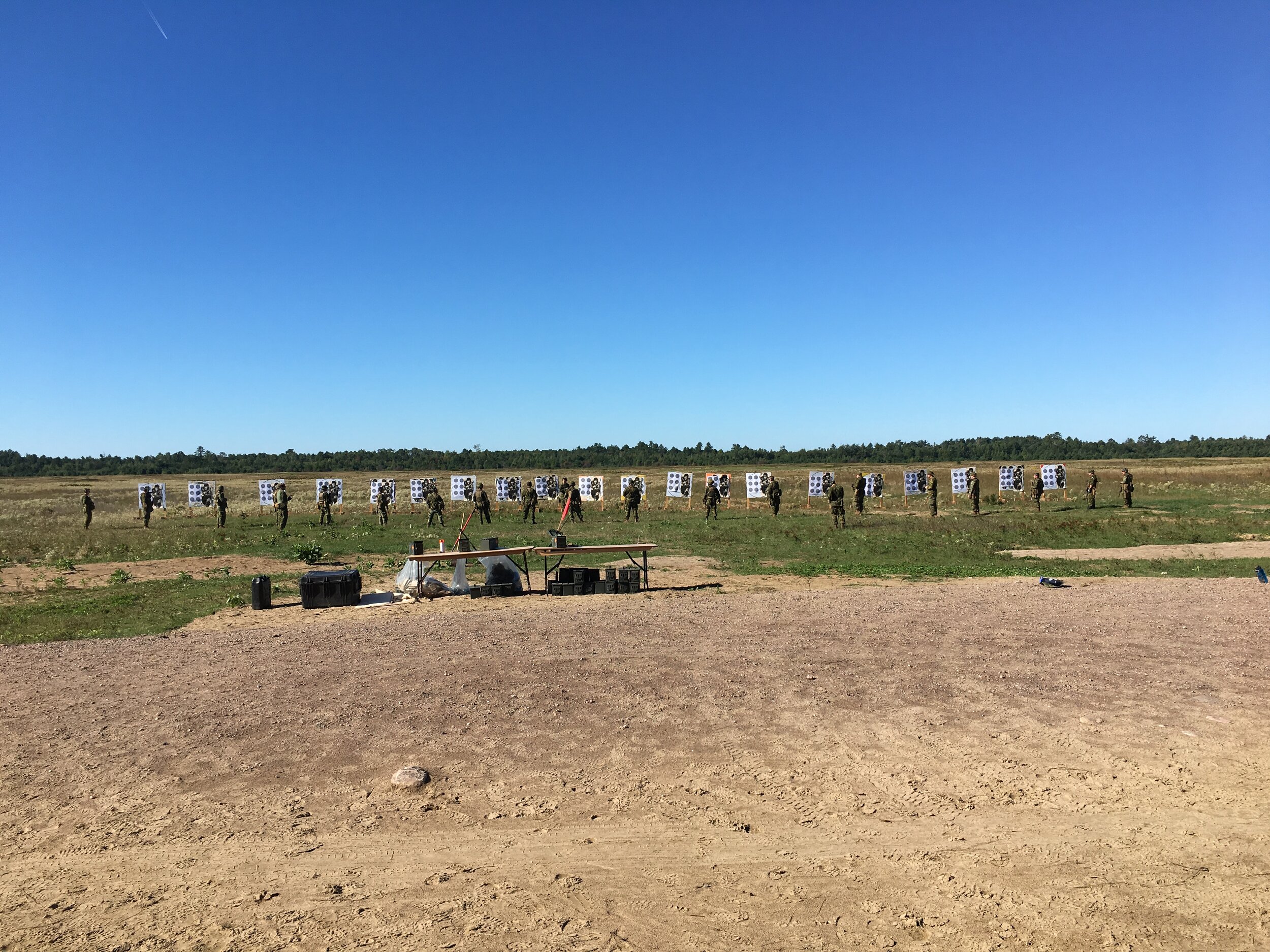

















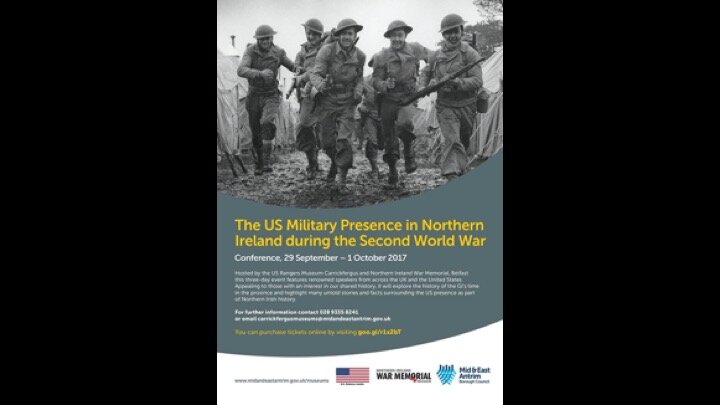

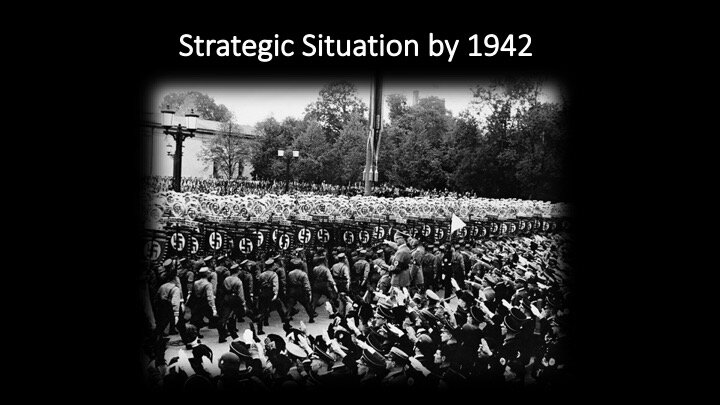
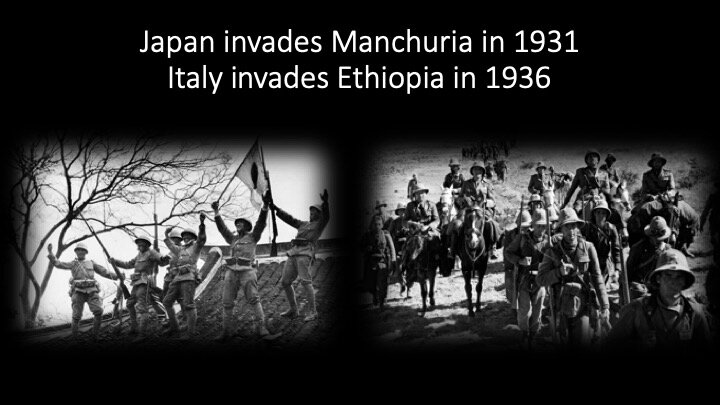
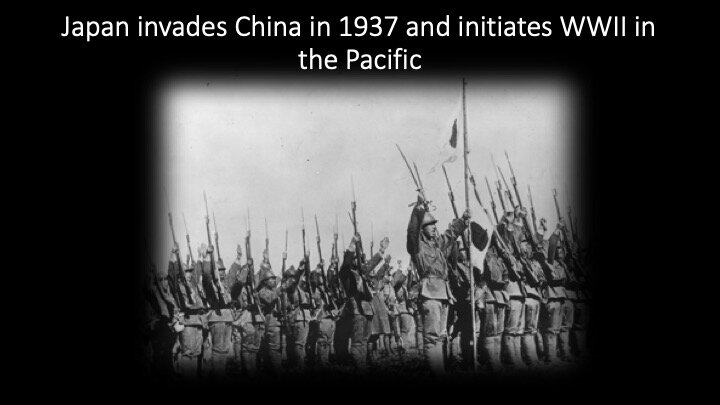
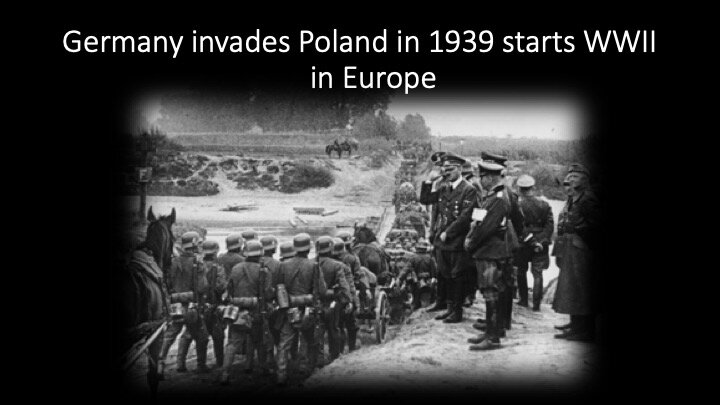
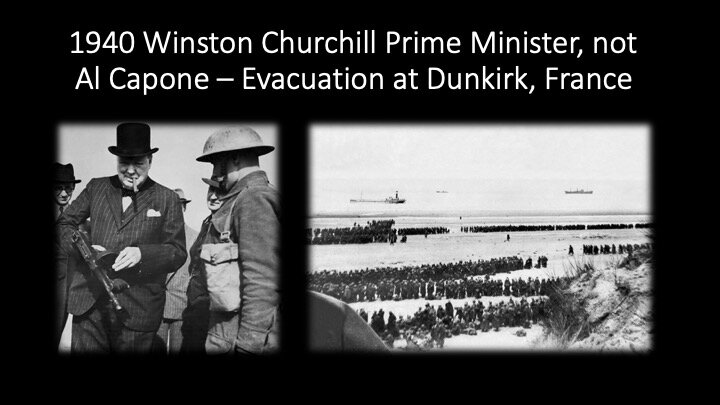

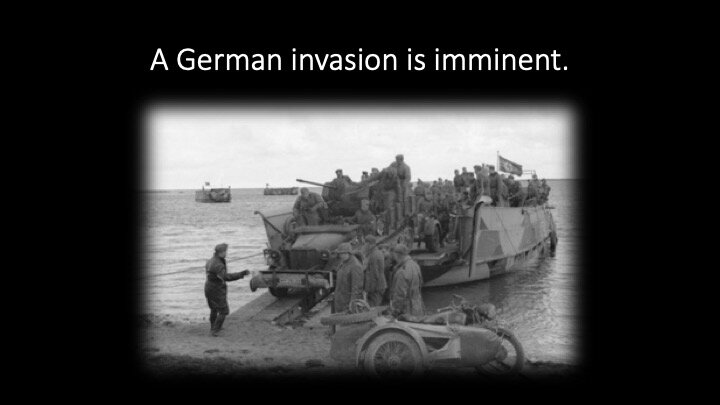
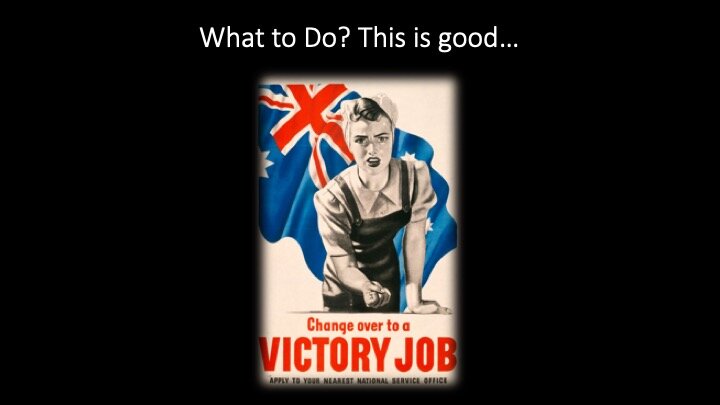
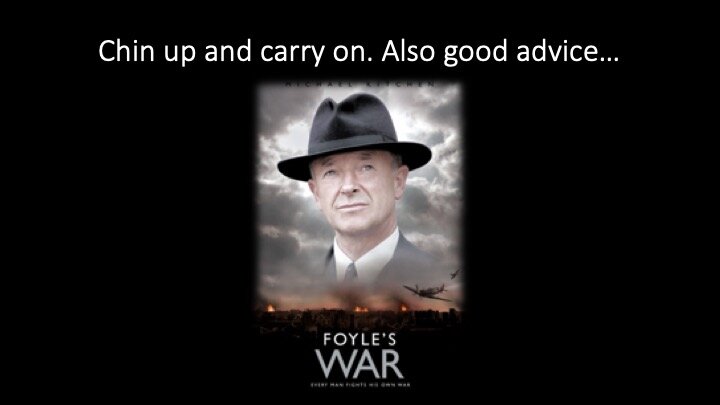
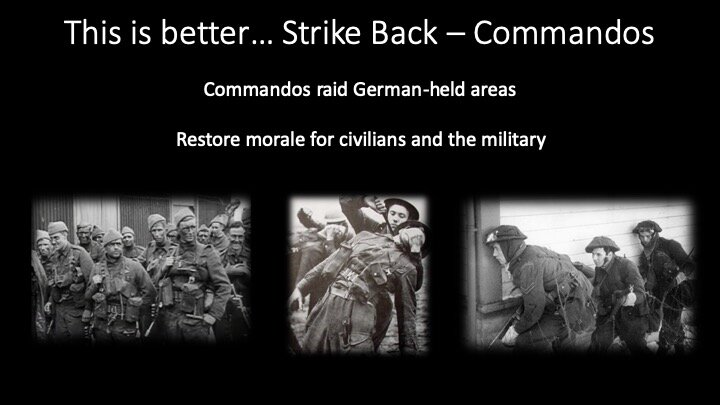
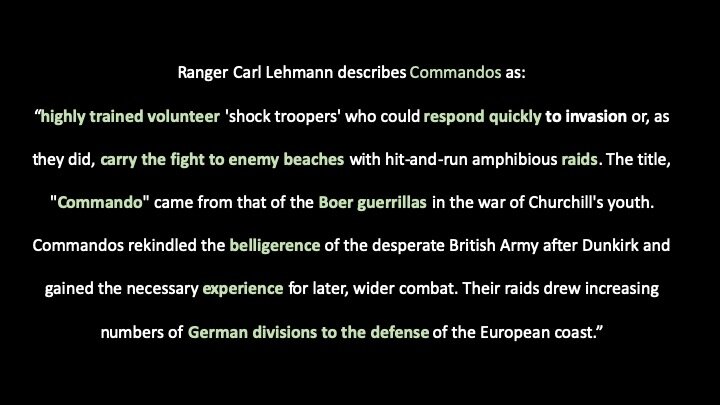
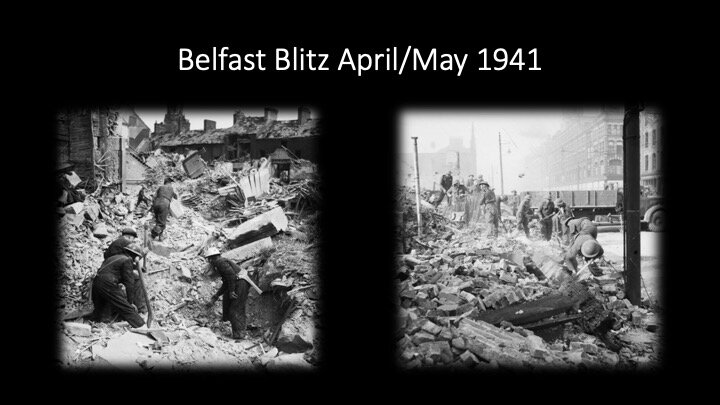
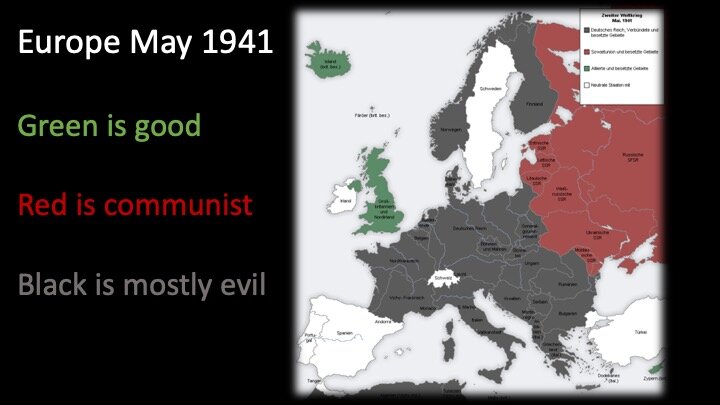
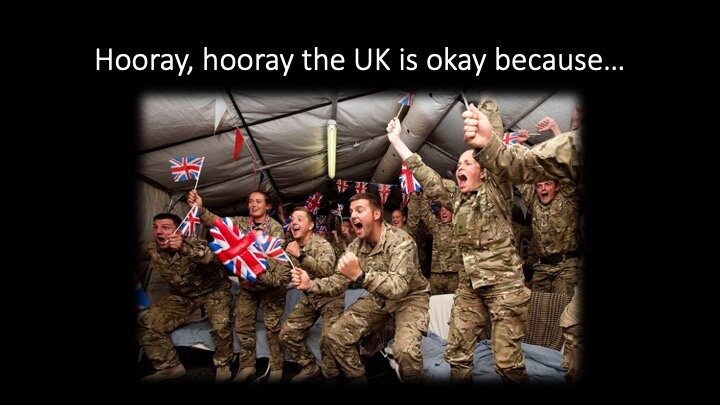
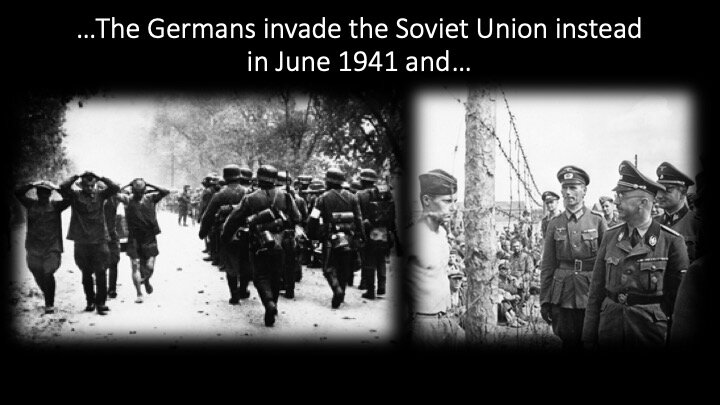
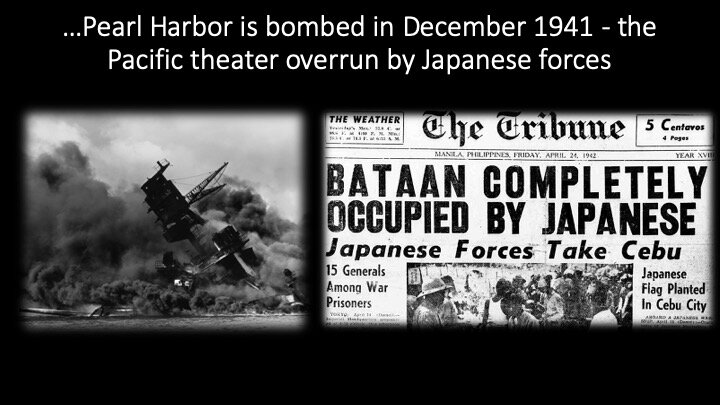
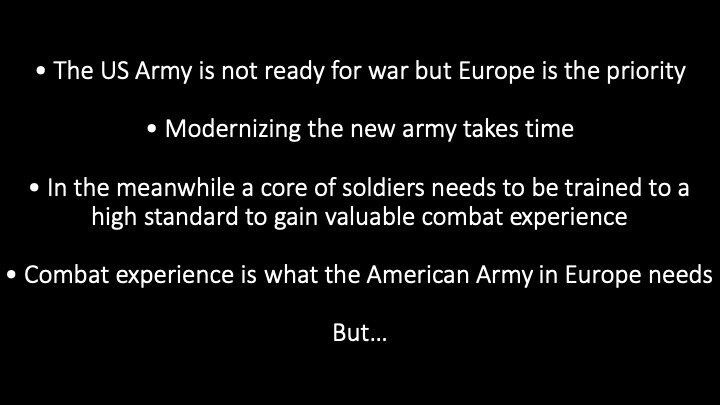
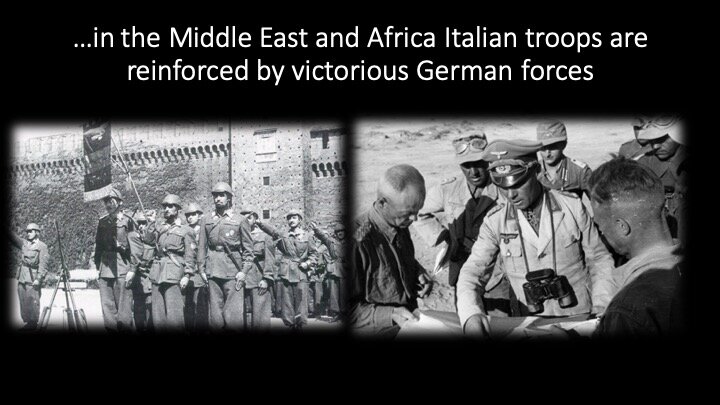
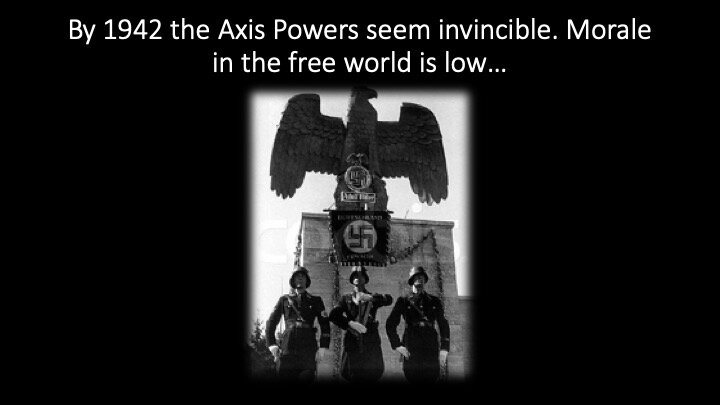
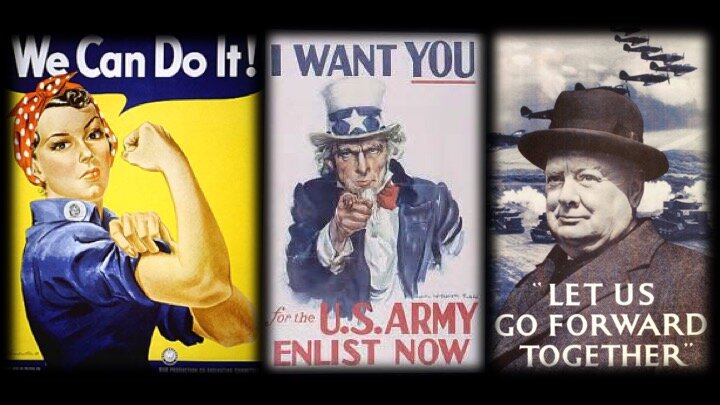


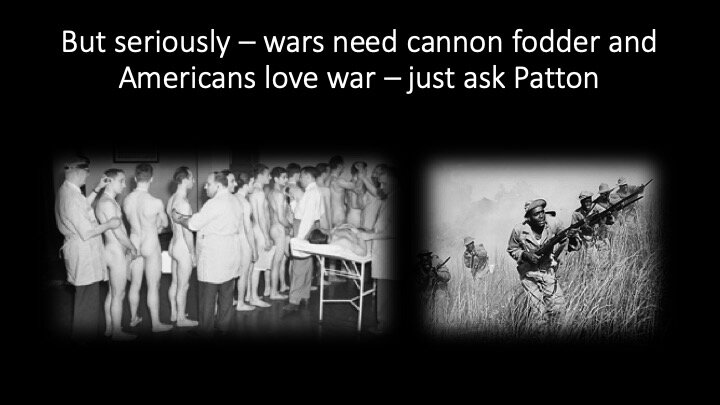
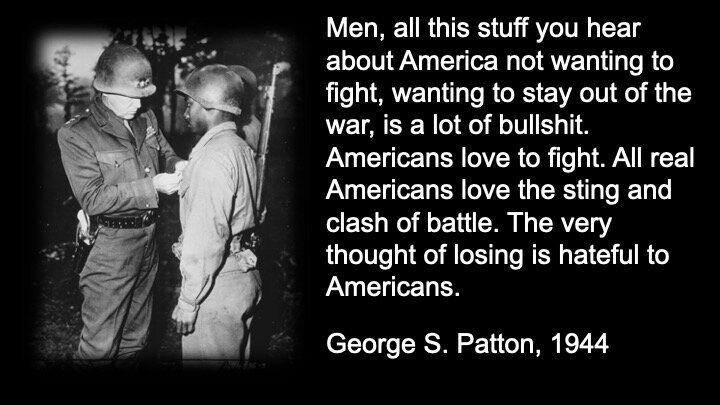
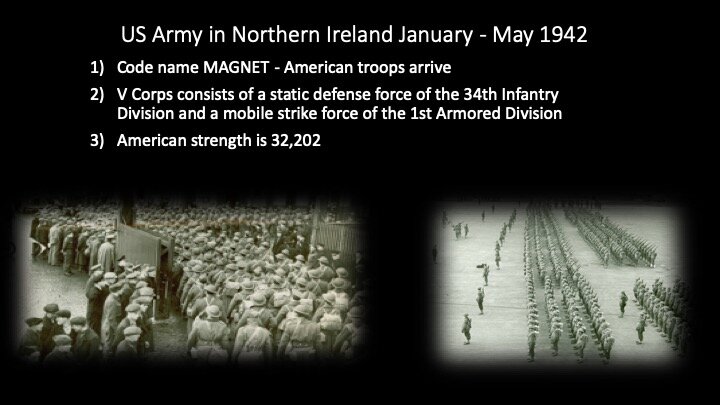
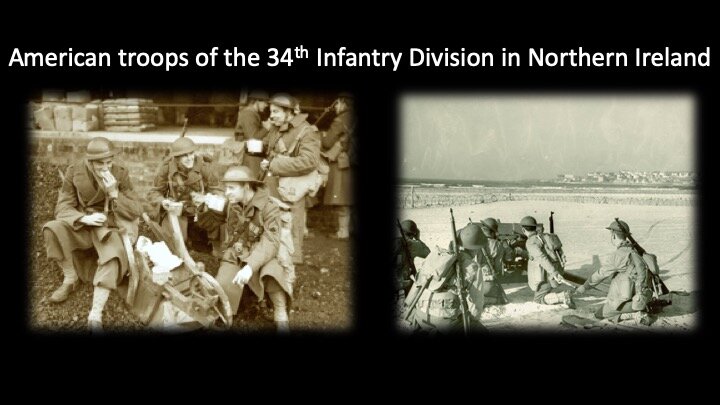
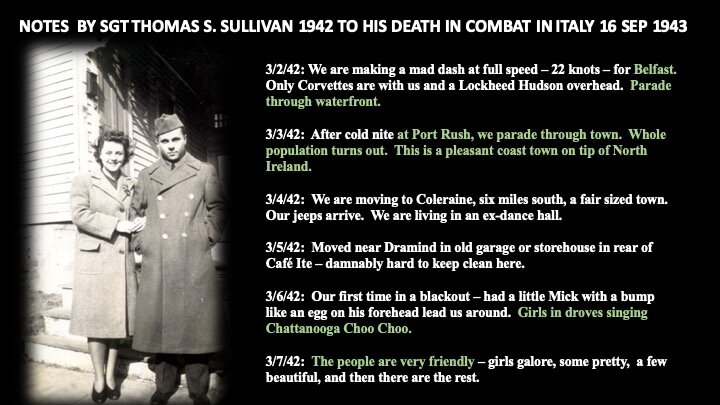

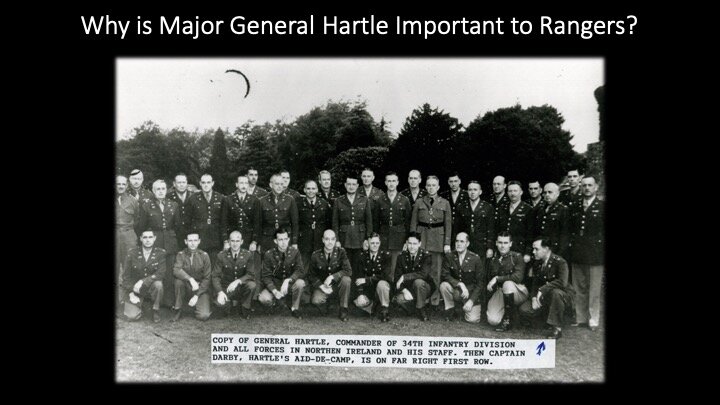

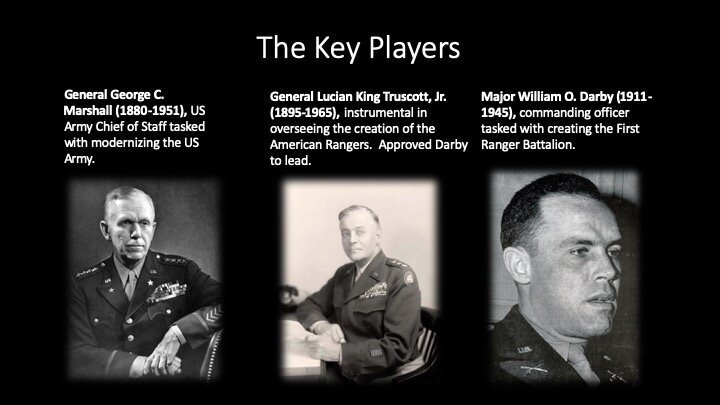
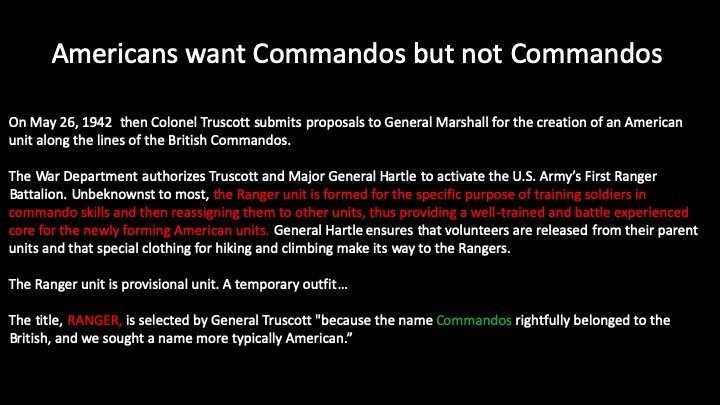
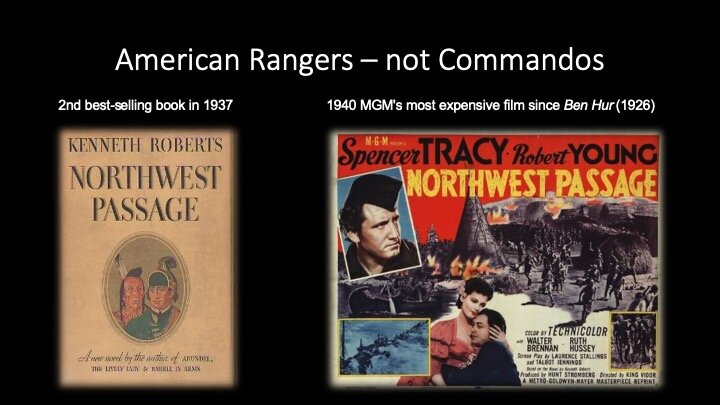
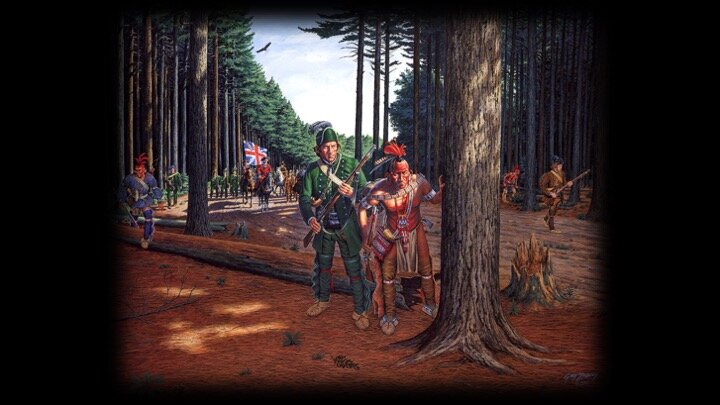
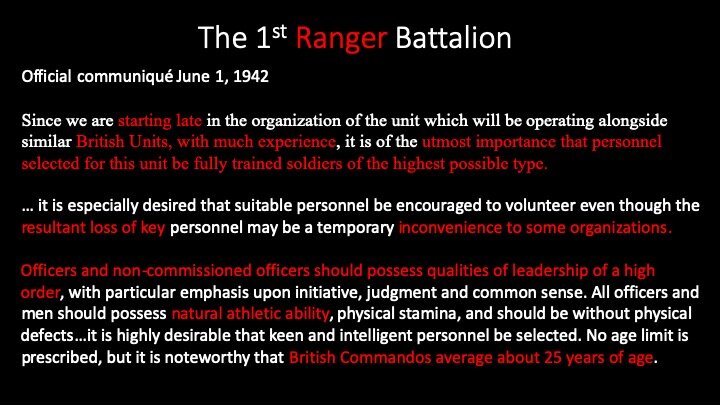
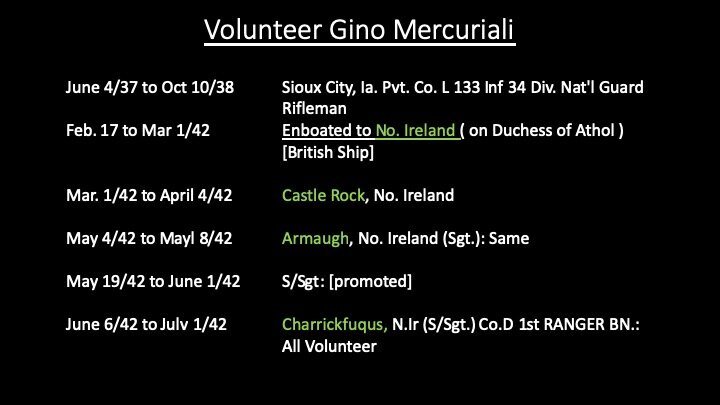
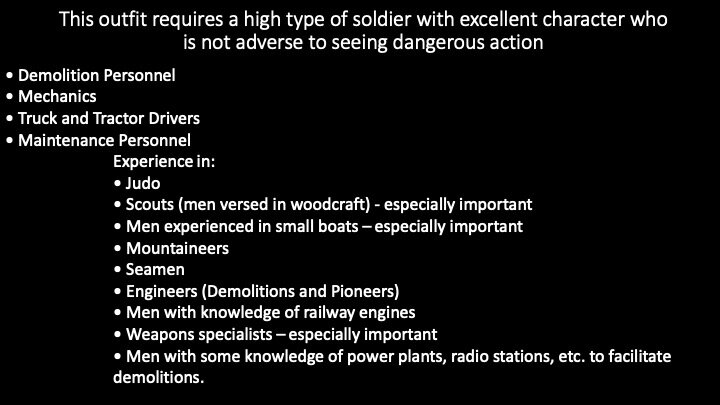

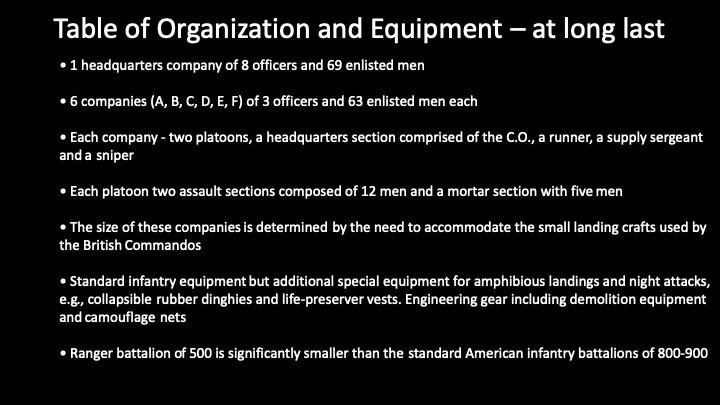
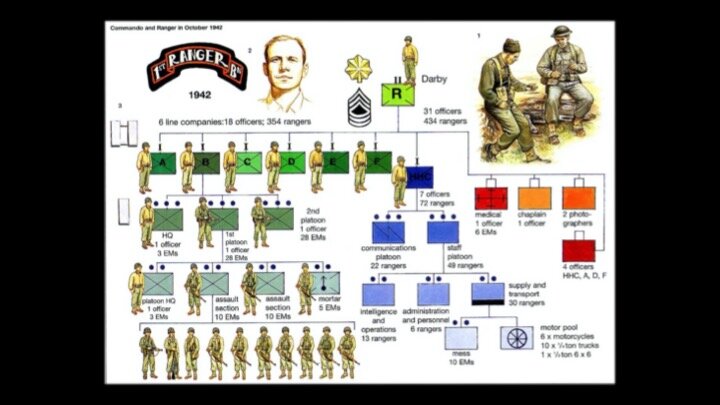
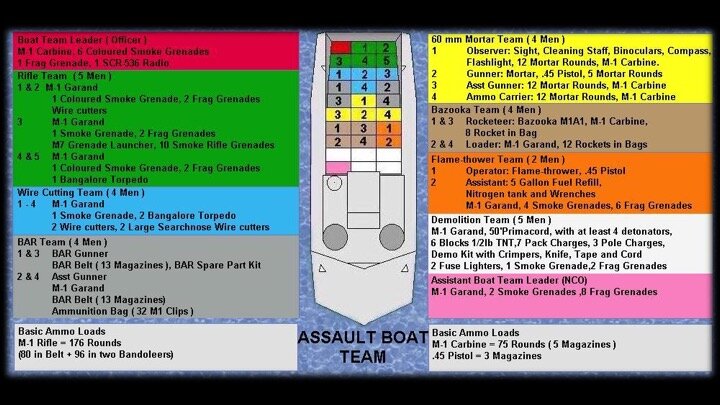

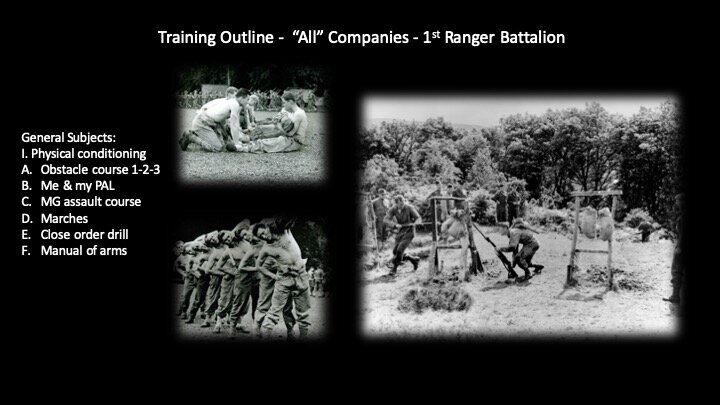
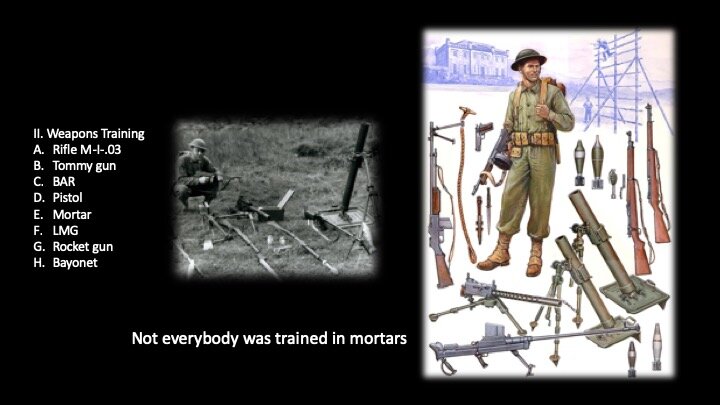

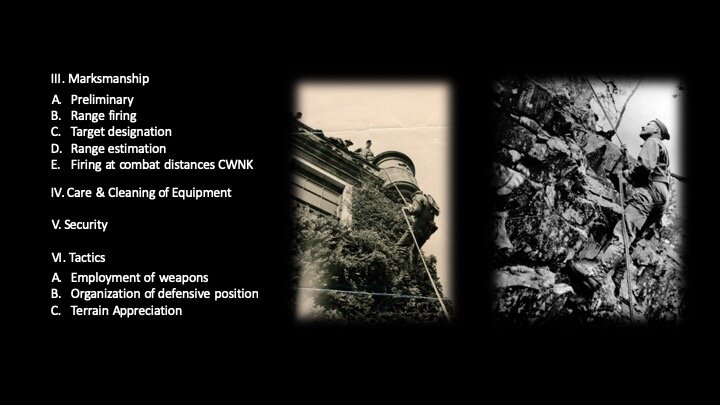

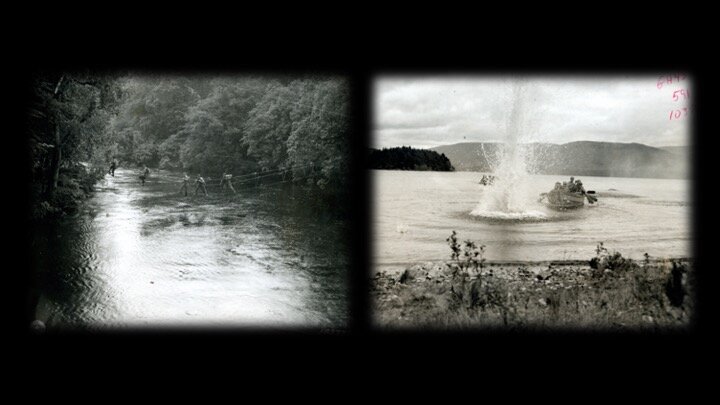
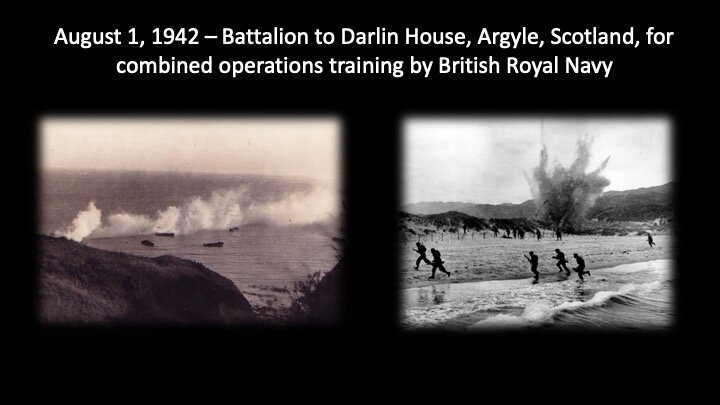

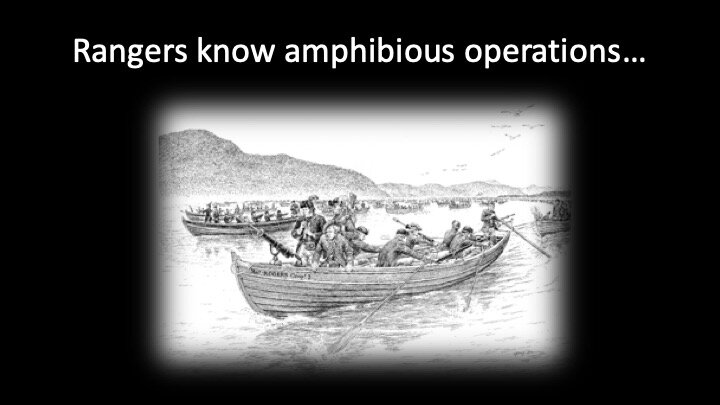


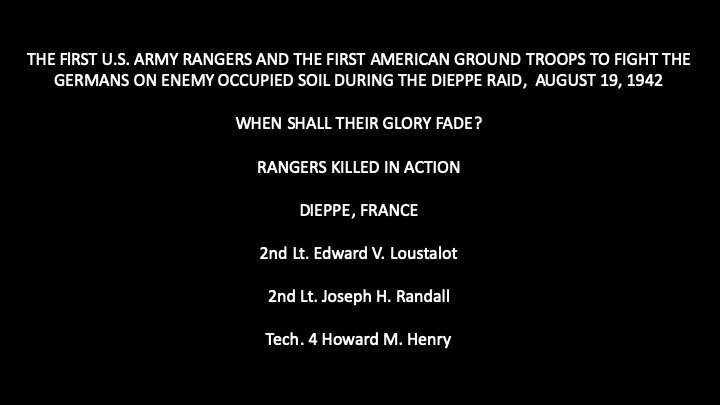
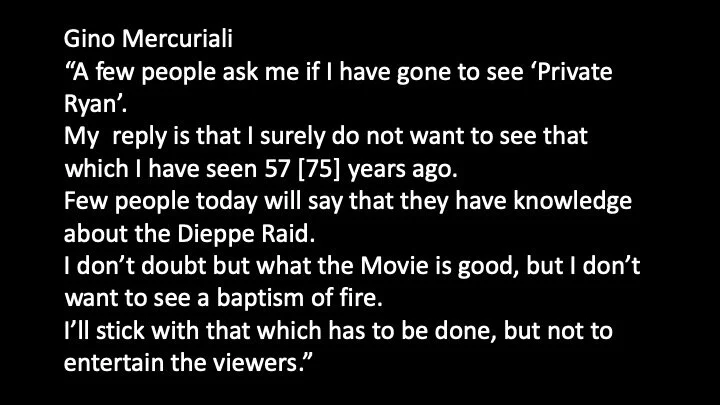
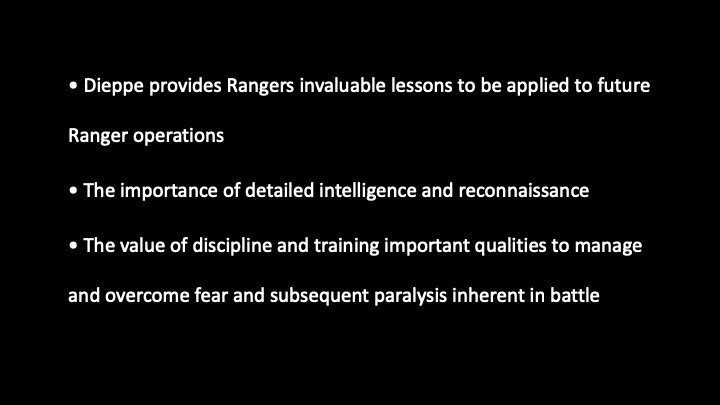
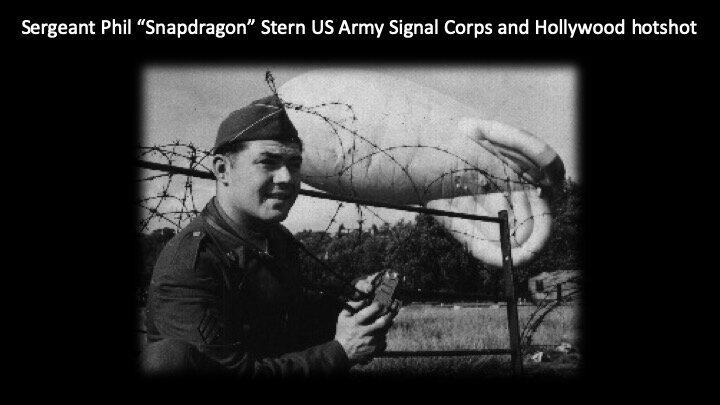
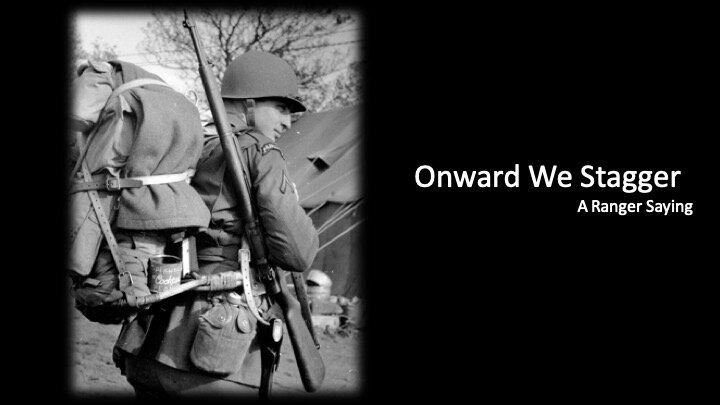
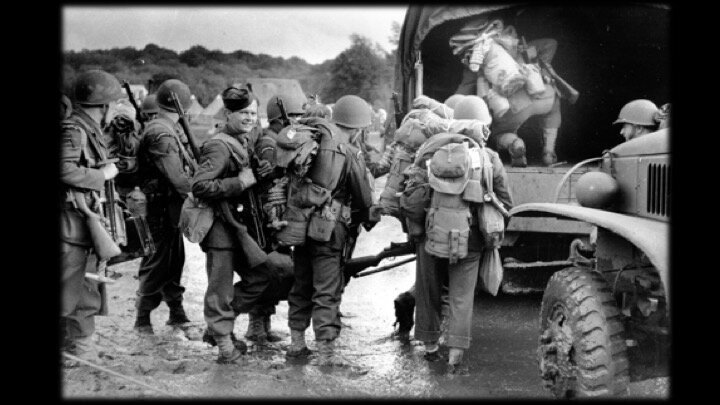
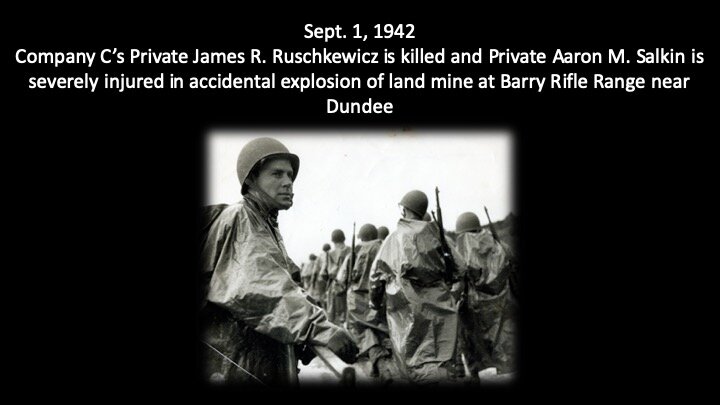
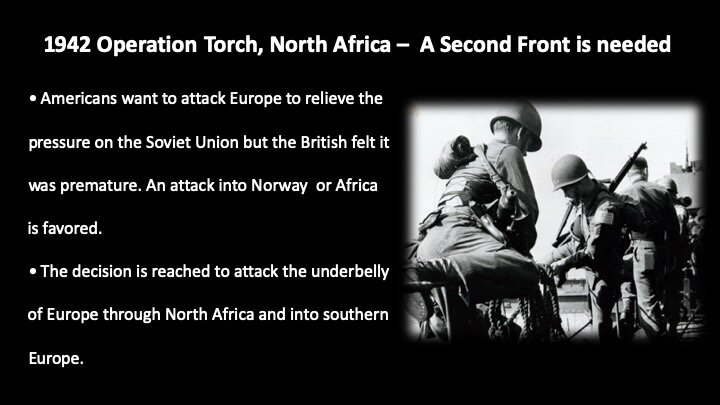

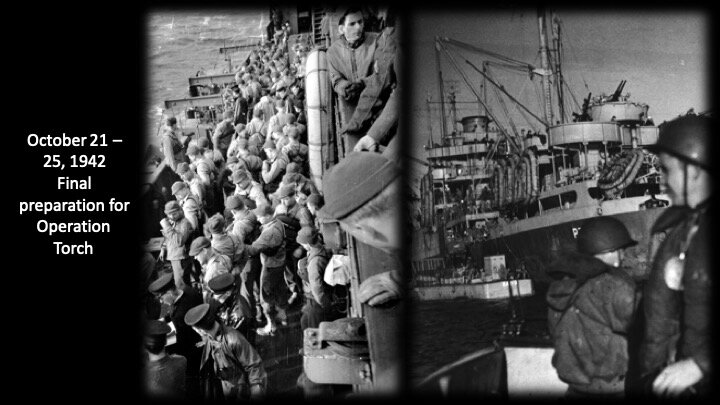
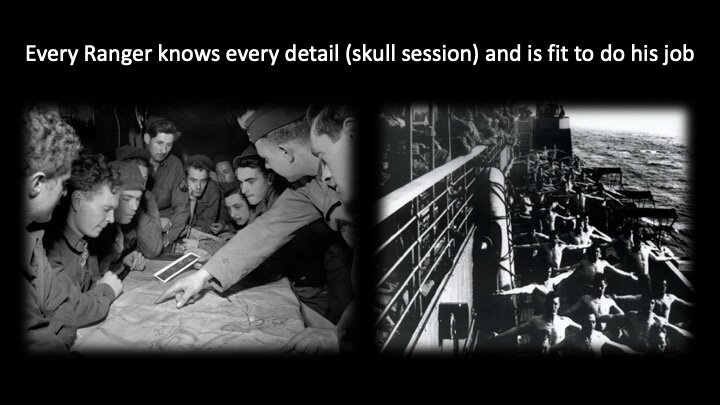

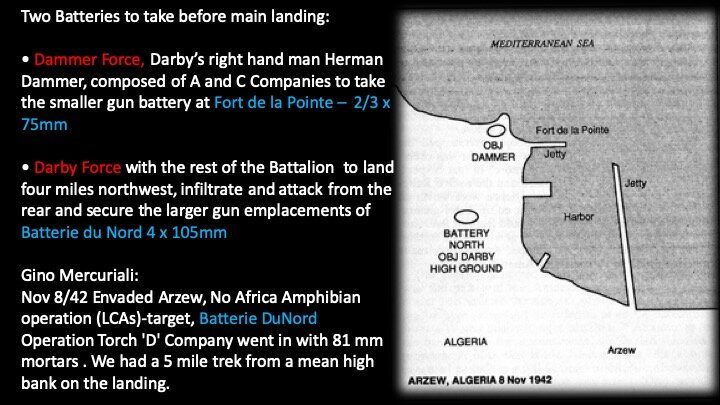
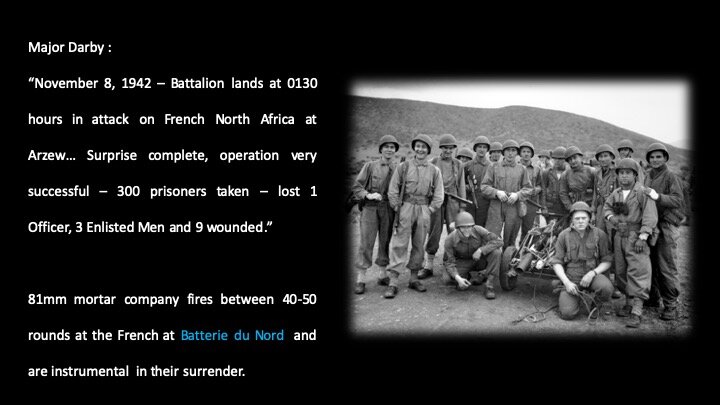
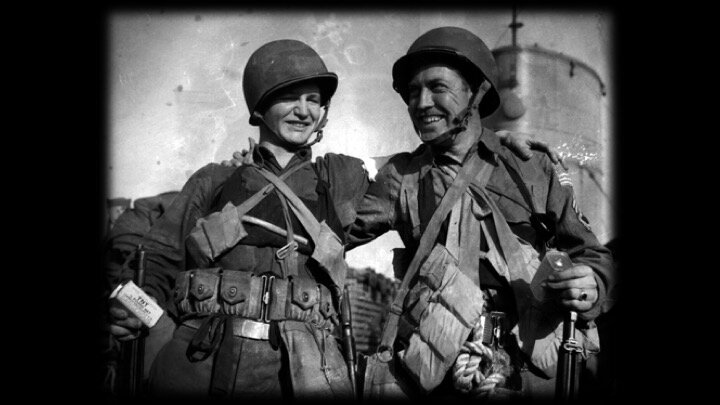
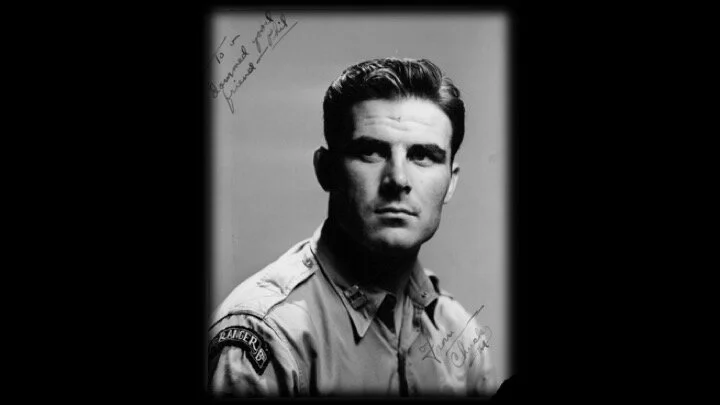
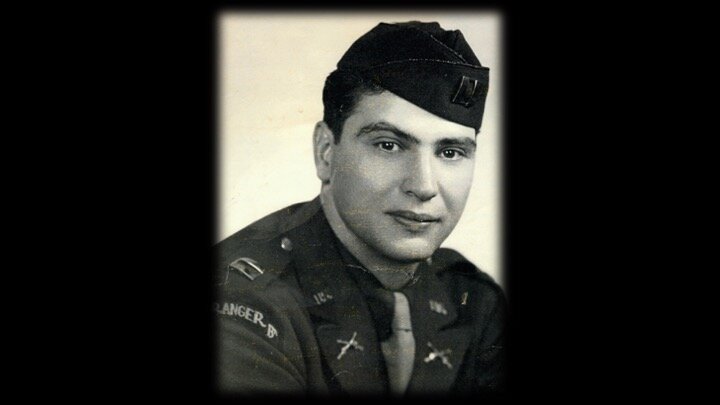
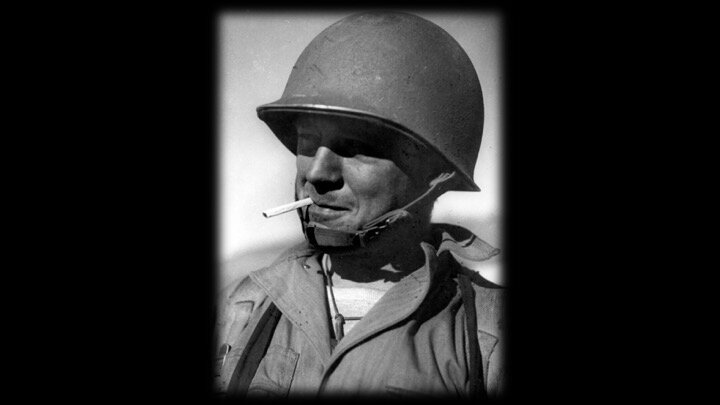
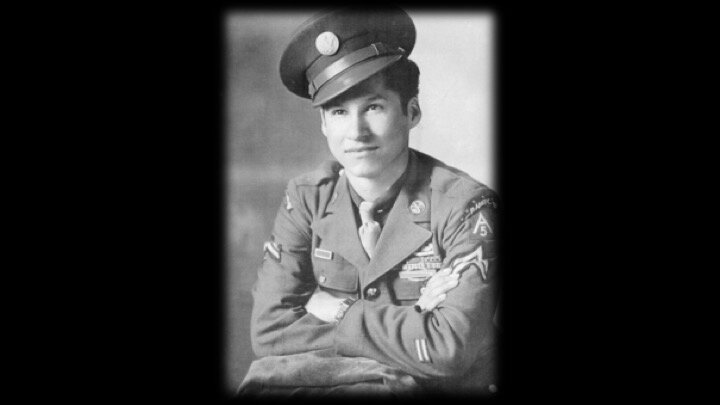
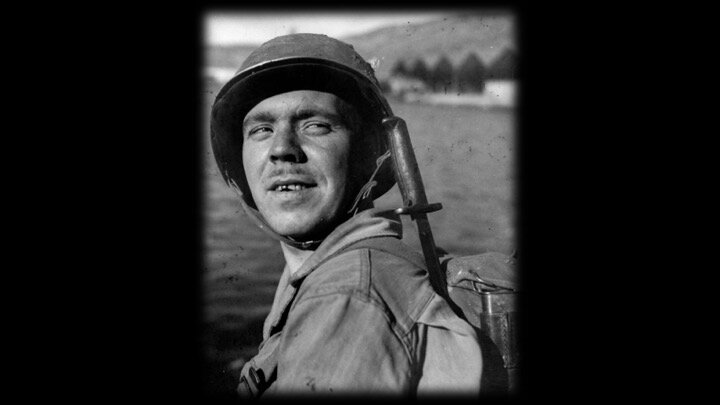
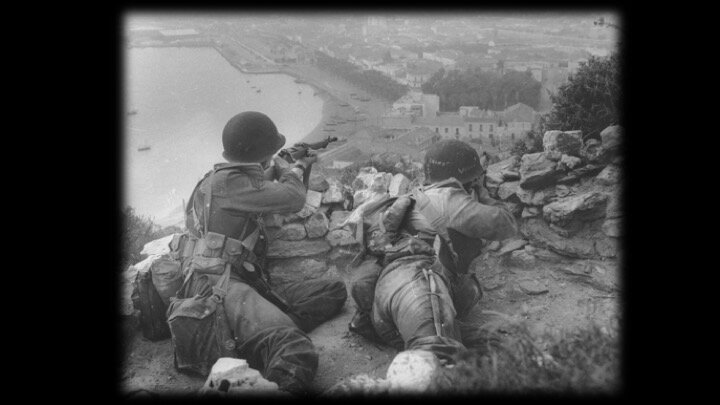

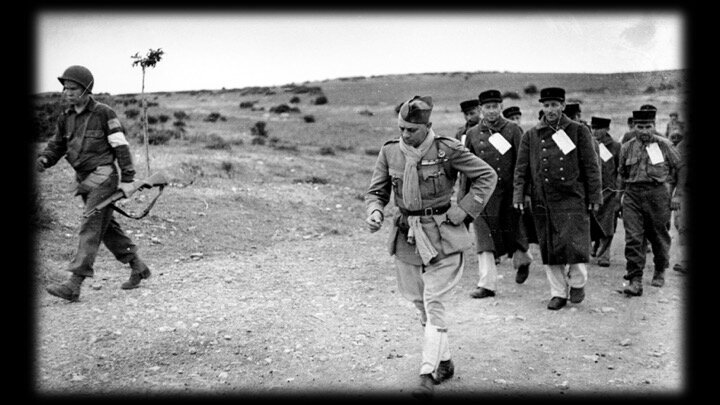
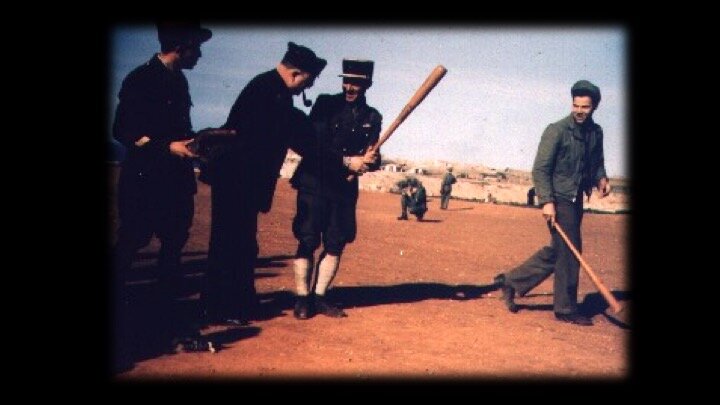
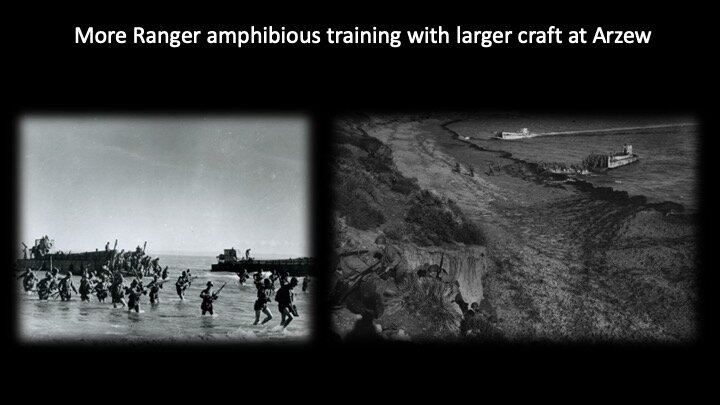

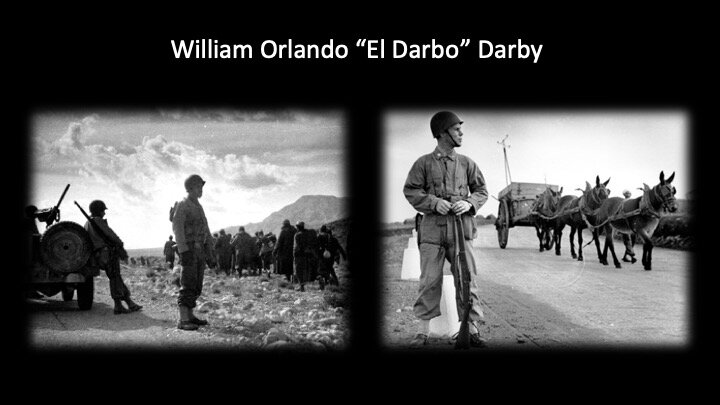
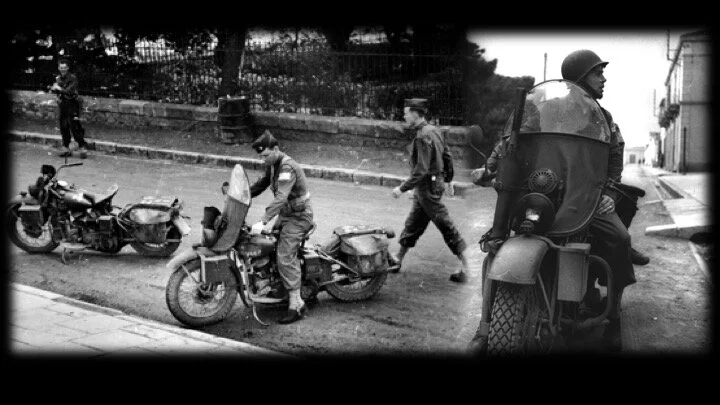
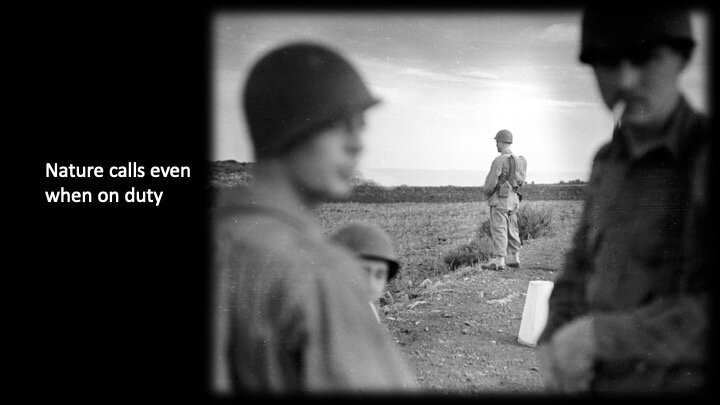
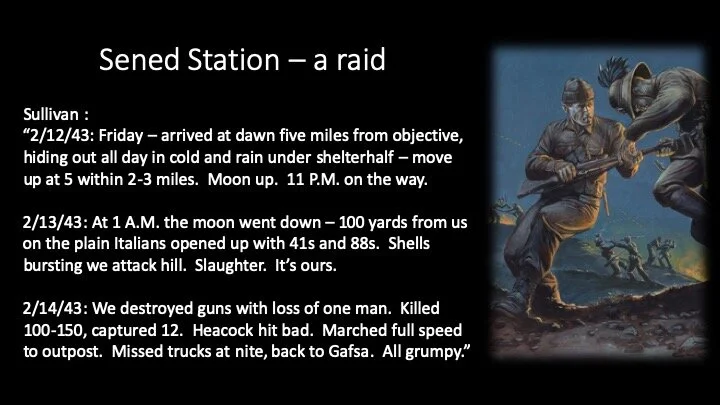
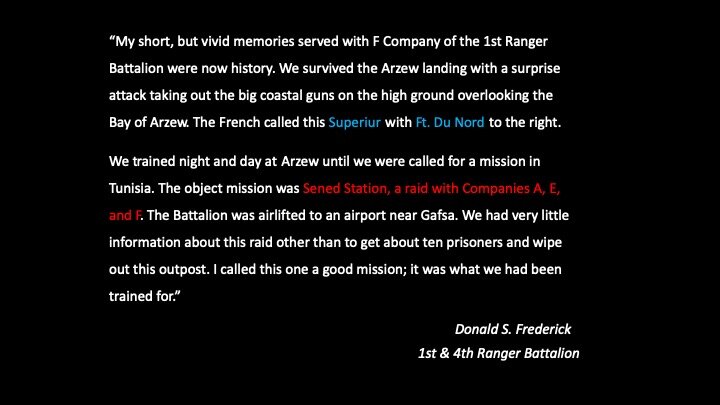
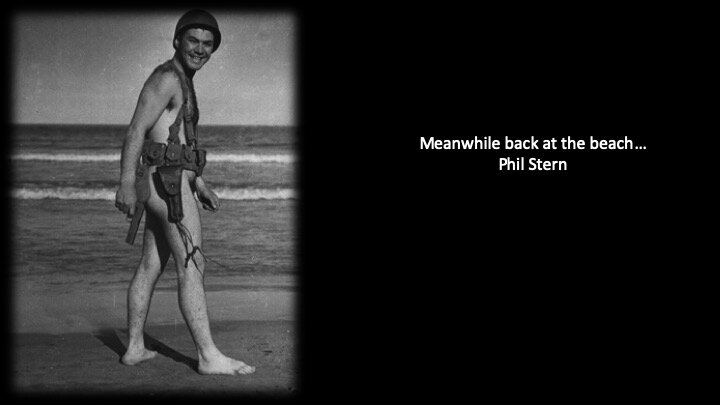
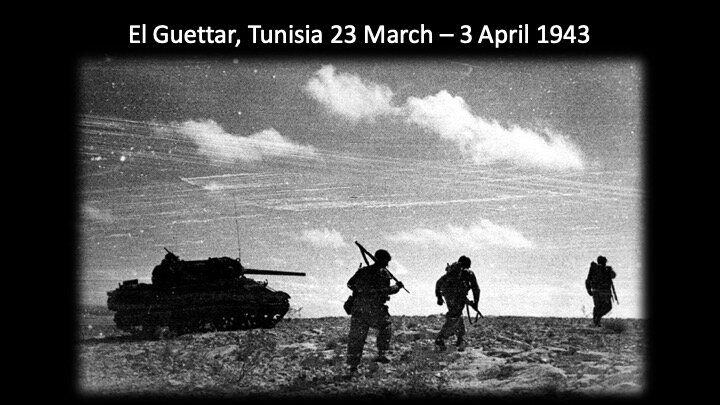
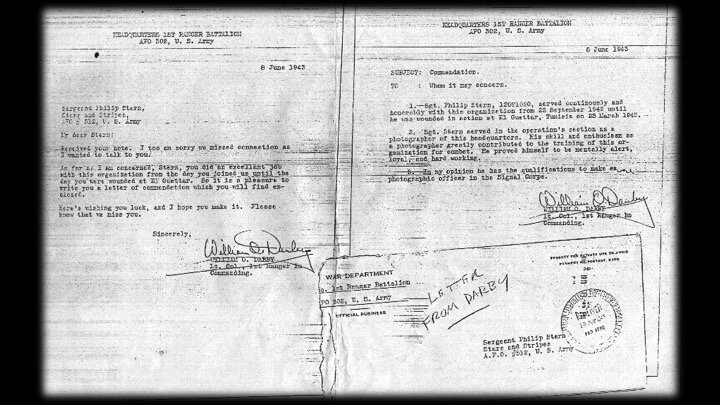
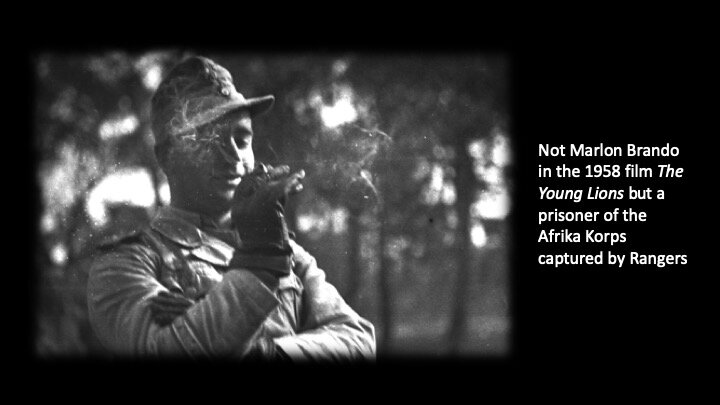

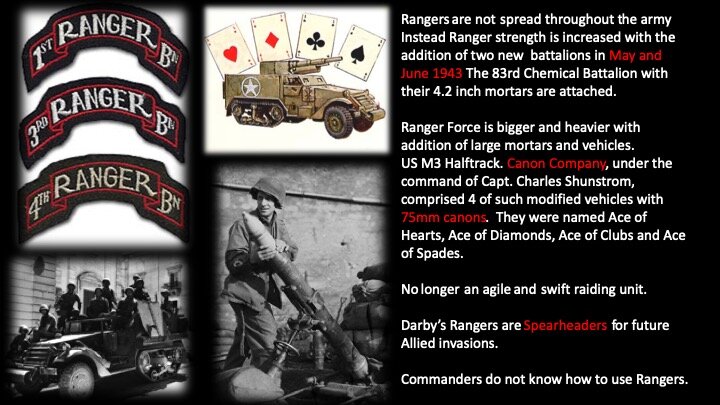
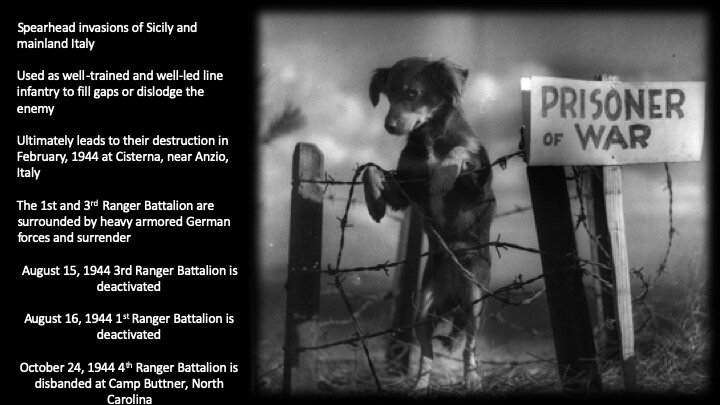
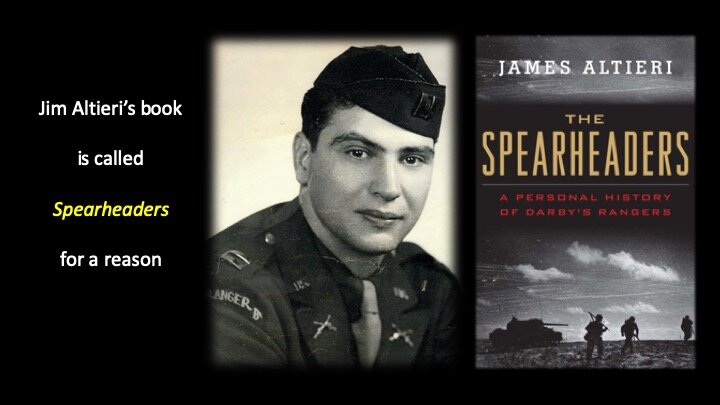
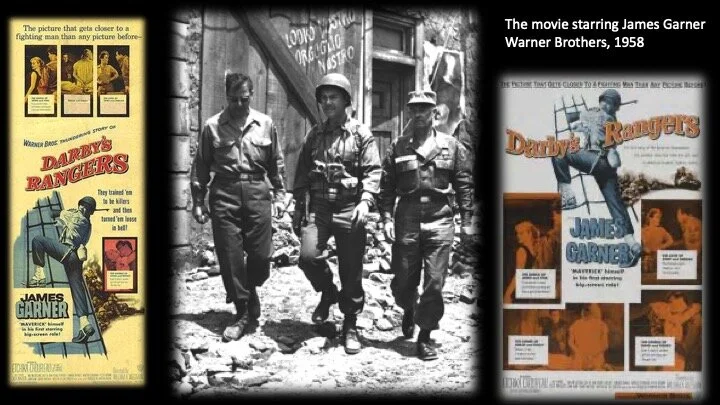
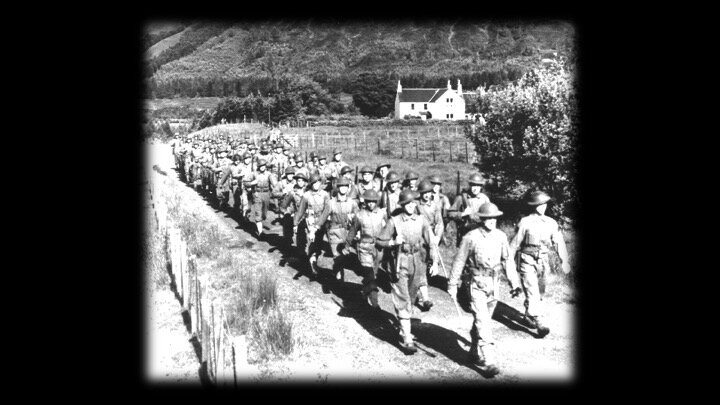
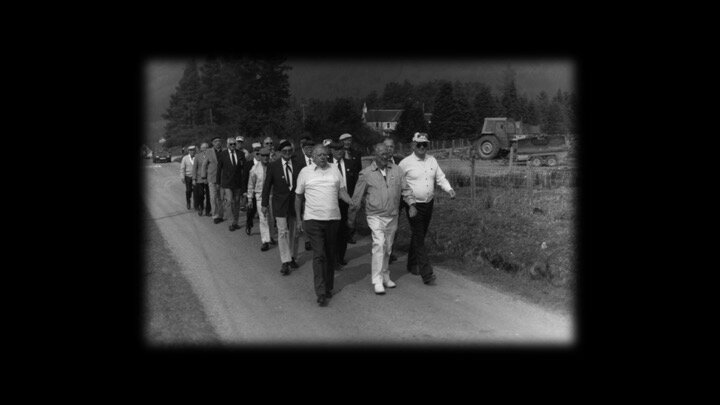
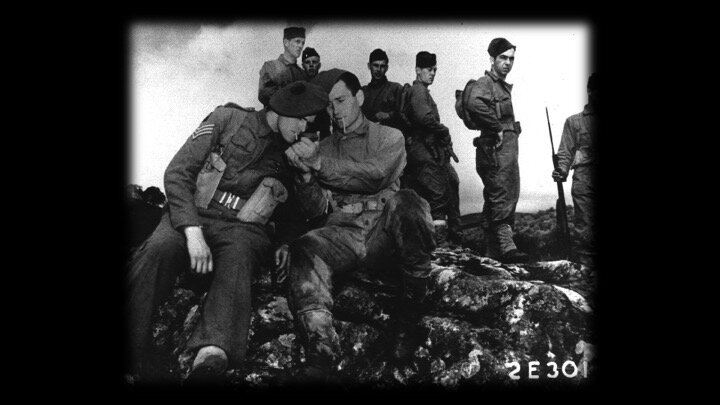
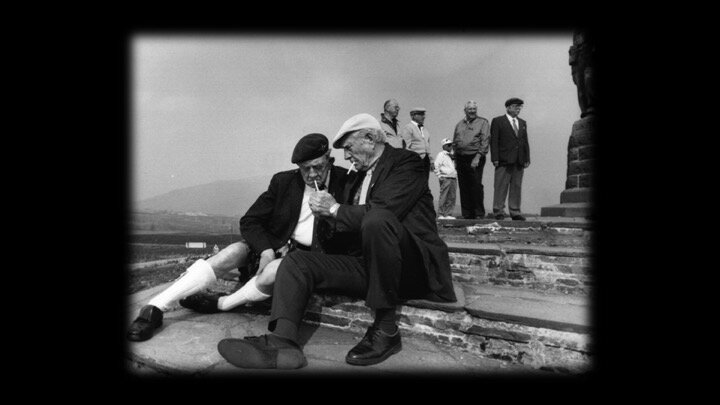

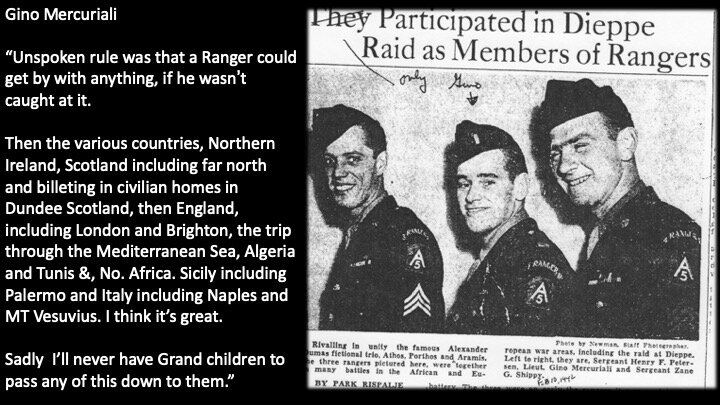

















![Figure 1. Clausewitz’s Paradoxical Trinity with their Actors. Source: Created by Gunther[4]Figure 2. The Paradoxical Trinity during an Insurgency. Source: Created by Gunther[5]](https://images.squarespace-cdn.com/content/v1/5a708e3cc027d82f766df86b/1597172284909-9GJ00TMVOTWS90IATZL7/Clausewitz+Trinity+and+COIN.jpg)
![Map of Oman[13]](https://images.squarespace-cdn.com/content/v1/5a708e3cc027d82f766df86b/1597172358864-I4JWJ8ZPRG57RN0VO06M/Oman+Map.jpg)